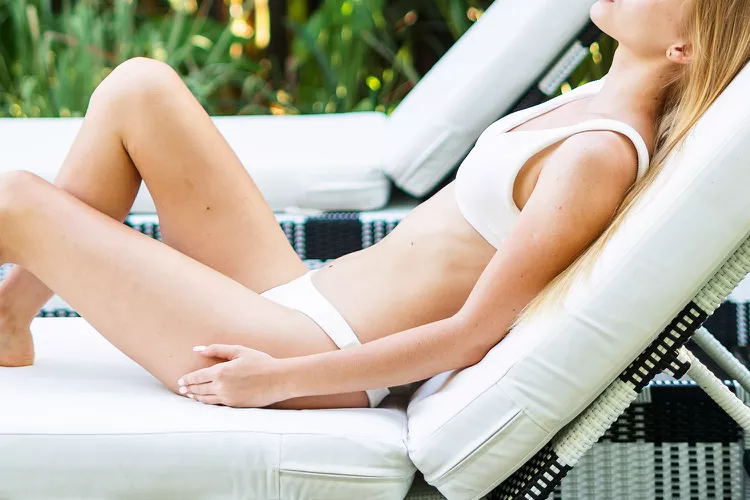The Truth About Sun Exposure: Doctor Sets the Record Straight amid Influencer Misinformation

With social media awash in claims that sunscreen is toxic or a “base tan” offers effective sun protection, Dr. Raman Madan, Director of Cosmetic Dermatology at Northwell Health, is stepping up to correct the record. In a recent People interview, he tackled key sun safety myths and emphasized evidence-based care.

Dr. Madan acknowledges that short bursts of sun exposure—about 5–10 minutes—can boost vitamin D synthesis and lift mood. He remarks that this is especially beneficial for conditions like psoriasis, vitiligo, and atopic dermatitis.
However, he warns that these health benefits can still be achieved with sunscreen—so no need to go bare under harmful rays
Debunking the “Base Tan” Myth
Contrary to influencer claims, a base tan provides only about SPF 3 protection—far weaker than the 97% UV block offered by SPF 30+ sunscreen. Moreover, tanning itself causes DNA damage, increasing skin cancer risk and accelerating skin aging.
Is Sunscreen Really Toxic?
Some viral videos claim chemical sunscreens are absorbed and dangerous. Dr. Madan clarifies that while trace absorption occurs, it’s minimal. For those concerned, mineral formulas like zinc oxide and titanium dioxide provide a safer alternative—they aren’t absorbed and are reef-friendly.

Sunburn & DNA Mutations
Dr. Madan paints a stark picture: UVB-induced sunburn triggers DNA mutations—each one raising skin cancer risk. Moderate burns may seem harmless short-term, but they hold deadly long-term consequences .
The trend isn’t isolated. On TikTok and Instagram, several influencers have spread misinformation, prompting dermatologists to counteract the narrative:
- NPR reports that some younger Americans now doubt sunscreen’s safety, with as many as 1 in 7 under‑35s believing sunscreen is more harmful than sun exposure.
- USA-based dermatologists confirm an uptick in anti-sunscreen sentiment, even tied to cosmetic concerns like pore size .
- Globally, dermatologists like Australia’s “Dr. Sunblock” are pushing back, emphasizing that “the chemicals from sunscreen are not going to kill you. The melanoma is going to kill you”.
- A 2024 survey by Ipsos found 14% of adults under 35 wrongly believe sunscreen is riskier than sun exposure, with 30% still trusting the safety of tanning as long as they don’t burn
✅ Expert-Backed Sun Safety Recommendations
Dermatologists and health agencies recommend:
- Use broad-spectrum SPF 30+ sunscreen, reapplying every 2–3 hours (or after swimming/sweating)
- Avoid relying on “base tans”—they’re essentially DNA damage in progress
- Consider mineral sunscreens to avoid absorption risk and protect marine environments
- Pair sunscreen with shade, protective clothing, and UPF-rated accessories .
- Recognize that any sunburn equals mutation—cumulative damage leads to wrinkles, spots, and both melanoma and non-melanoma cancers .
Dr. Madan’s message is clear: while brief sun exposure has benefits, the risks of UV damage far outweigh them. Influencer-fueled myths—about sunscreen toxicity or tanning safety—lack scientific support and potentially endanger public health.





